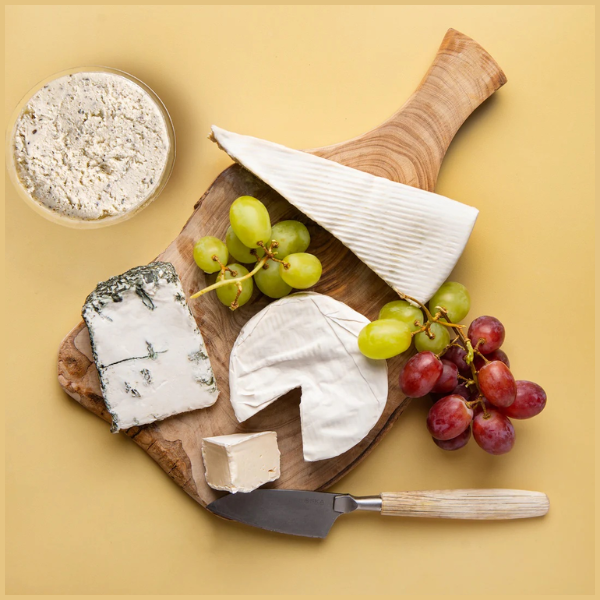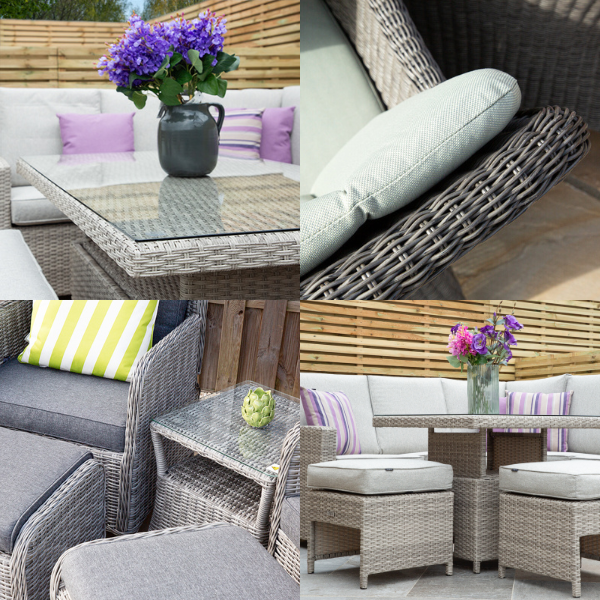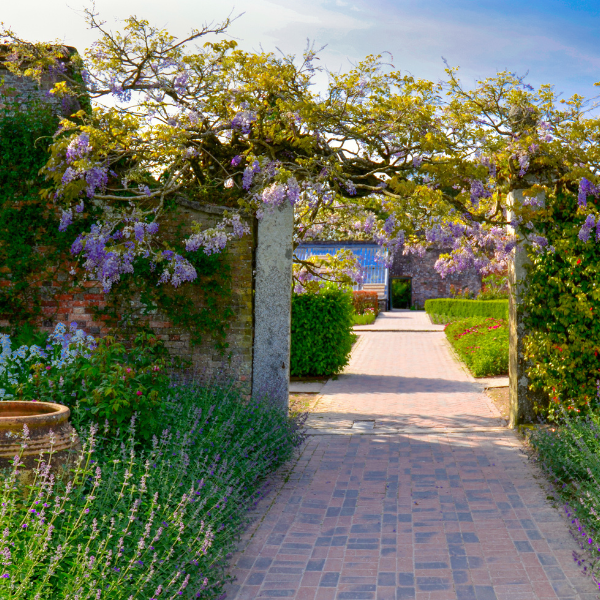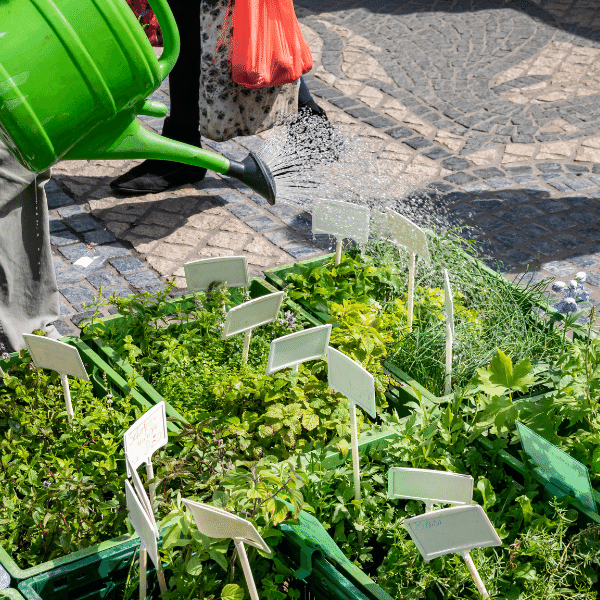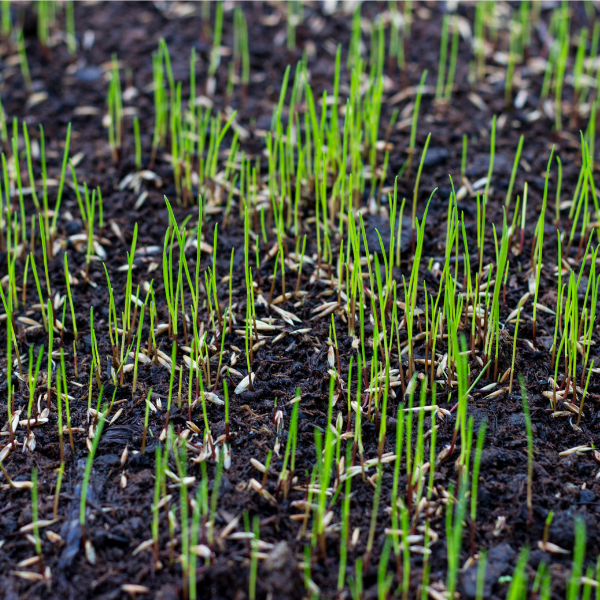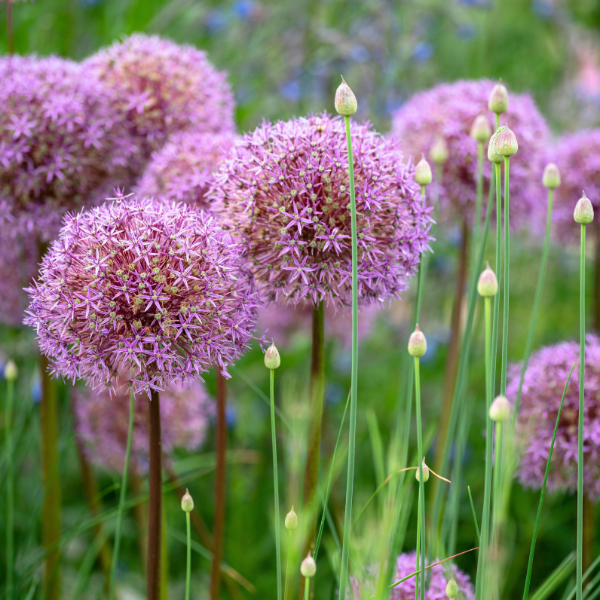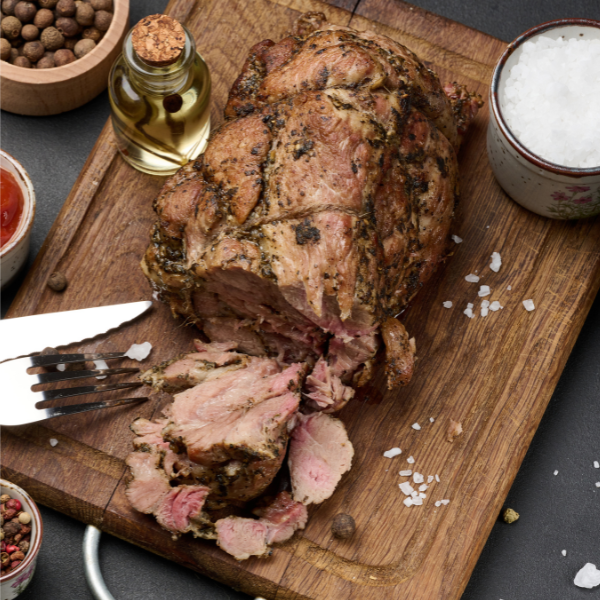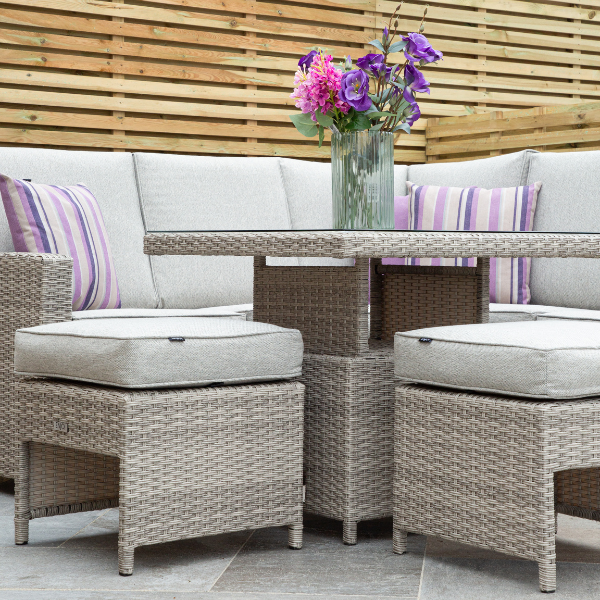Managing Water Usage
Watering Tips
Effective watering techniques are crucial for maintaining healthy plants during hot weather. As part of the HTA's 'Get Summer Colour' social media campaign running throughout July and August, here are some of our top tips on watering wisely:
- Opt for thorough watering sessions rather than frequent light watering, to ensure water reaches the plant's root zone effectively while conserving water
- If potted plants have dried out and the soil has shrunk, try plunging them in shallow trays of water for a couple of hours to help them gradually rehydrate
- When watering and feeding hanging baskets or wall troughs, place a patio pot or planter beneath to catch excess water and feed, enabling the pot below to benefit from the runoff
Vibrant flowers not only bring joy to gardeners but also attract butterflies, bees and other pollinators. By adapting gardening techniques and creating a welcoming environment for wildlife, individuals can play a vital role in supporting the UK's enviroment and preserving biodiversity.

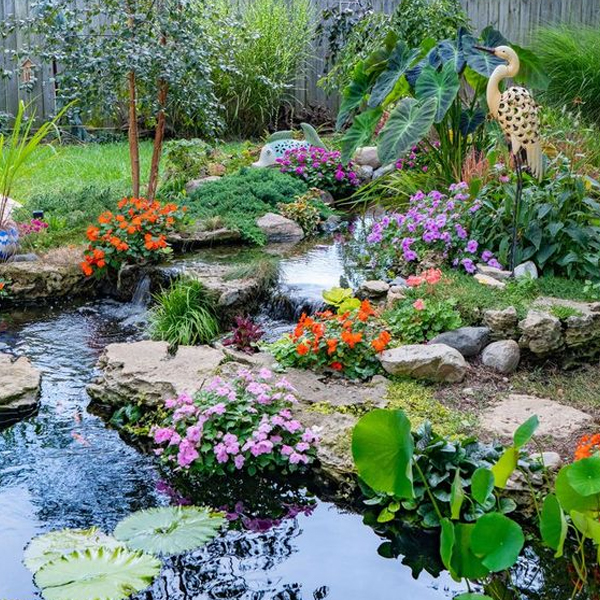
Building A Small Wildlife Pond
Creating a wildlife pond need not be complicated or expensive. It can start with something as simple as a bowl of water, but for a more attractive option for wildlife, dig a hole (as obvious as it sounds!). An affordable option is using a small tank of tough, rigid, thick polythene that ensures a healthy pond ecosystem by resisting punctures. When selecting a location, avoid areas with overhanging trees that can cause challenges with leaf fall in autumn. Plant a variety of pond plants like watercress, greater spearwort, water mint, hornwort, Canadian pondweed, and water startwort to provide habitats and maintain water clarity. Regular maintenance such as cutting and removing overgrown plants, is a crucial for a thriving ecosystem.
In the Pet Centre you can find everything you need for your Pond, from preformed ponds to pond liners, water plants and aquatic essentials, as well as the necessities such as fish and fish food. Stock is widely available in-store and we have a great team who are here to help you with any queries relating to the ponds.
Promoting Bee Diversity
While honeybees are renowned pollinators, it's important to appreciate the significant role of other bee species, including bumblebees (24 species) and solitary bees (nearly 250 species). To create an inviting habitat, heap soil in a sunny space or clear plants from an existing bank. Ensure the area faces south and provide nearby food sources such as spring bulbs (narcissus, tulip, hyacinth) and early wildflowers (dandelions, primroses, violets, flowering currant, fruit trees). These simple steps can encourage various bee species to thrive in your garden.
Read more about attracitng pollinators into your garden following the link below.


Building Bug Hotels
Bug hotels offer shelter and nesting opportunities for a range of beneficial insects. Instead of purchasing ready-made bug hotels, you can create your own by setting logs or old fence posts into the ground and drilling holes of varying sizes (5mm to 10mm diameter, 80mm deep) at about 1-1.5m above ground level. Alternatively, bundles of hollow reeds or canes can serve the same purpose, providing nesting habitats for solitary bees like carpenter and mason bees, thereby contributing to garden biodiversity.
Bug hotels are not only a great addition for the insects but also for people too. If you make them with your kids, it will teach them not to be afraid of insects, enabling them to understand their role in our ecosystem and what they're bringing to the garden.
Creating Hedgehog Habitats
Hedgehogs are wonderful creatures that inhabit our gardens in the UK, they play a crucial role in pest control and make charming additions to any garden. Construct a hedgehog hut in a quiet corner of your garden using sturdy materials, ensuring an entrance for the hedgehogs. Cover the framework with foliage, branches, and shrubbery to create a dark and cosy space for these nocturnal creatures. Fill the hut with leaves and shrubbery, and provide sustenance by leaving food like beetles, earwigs, worms, or meaty cat and dog food (always avoid mealworms and milk) this is because they are lactose intolerent.
Did you know?
They are named for a reason. The ‘Hedge’ part of their name comes from where they build their nests in hedges, bushes and shrubs. The ‘hog’ part comes from the small snorting/ grunting sound they make which is similar to a pig/warthog.

Hedgehog Feeding Station
Supporting hedgehogs can be further accomplished by setting up a feeding station. Turn a plastic storage box upside down or place the lid on the box, cutting a hole approximately 10x10cm in the short end and securing it with tape. Line the box with plenty of newspaper to manage any mess, and place the food at the opposite end of the hole to prevent access by foxes or cats. Secure the box with a brick to prevent movement or lid displacement.
As the English summers carry on with their unpredictable nature, it is always wise to be water smart, especially because we don't want to face a hot summer whilst having a hosepipe ban, like we previously have done. If you stick to the simple guide above, your garden will be flourishing with flowers, insects and animals, due to it's health.

 2,768 REVIEWS
2,768 REVIEWS